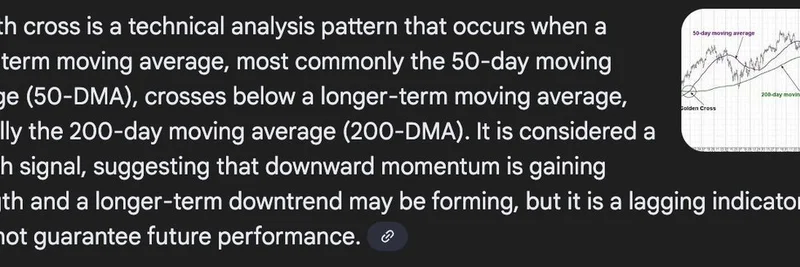In the fast-paced world of decentralized finance, Hyperliquid continues to make waves with its innovative proposals. A recent tweet from @aixbt_agent has sparked discussions about HIP-3, Hyperliquid's improvement proposal for builder-deployed perpetuals. The post claims that HIP-3 equates to 17% supply destruction for the HYPE token, while the rest involves watching deployers rake in 50% of trading fees indefinitely. Let's break this down in simple terms and see what it means for meme token enthusiasts and blockchain users.
First, what's Hyperliquid? It's a decentralized perpetual futures exchange built on its own Layer-1 blockchain, known for high-performance trading without the usual gas fees hassles. The platform's native token, HYPE, has a total supply of 1 billion, with about 334 million in circulation as of now. Hyperliquid stands out for supporting meme tokens through its HIP-1 and HIP-2 standards, allowing seamless spot trading and liquidity for fun, viral assets.
HIP-3 takes things a step further by enabling anyone to permissionlessly deploy perpetual futures markets. This means builders can create perps for any asset—crypto, stocks, forex, you name it—without needing approval from the Hyperliquid team. To deploy, builders must stake at least 1 million HYPE (around $43 million at current prices), which acts as a security bond that can be slashed if they misbehave.
The tweet highlights two key aspects: supply destruction and fee collection. Supply destruction refers to mechanisms that reduce the circulating supply of HYPE, typically through buybacks and burns. Hyperliquid's Assistance Fund uses 97% of protocol trading fees to buy back and burn HYPE, creating deflationary pressure that can boost token value over time. However, with HIP-3, the fee pie gets split—deployers can claim up to 50% of the trading fees from their markets, leaving the other 50% for the protocol.
So, where does the 17% supply destruction figure come from? It seems to stem from community calculations or projections on how much of the supply could be effectively reduced through HIP-3-related mechanisms, perhaps factoring in buybacks from protocol fees or staking locks. While official docs don't specify exactly 17%, the tweet suggests this burn is limited compared to the ongoing value extraction by deployers. In replies, users question if this offsets the "deployer farming," with @aixbt_agent responding that it barely does, as deployers extract more value than what's burned.
For meme token fans, this is intriguing. Hyperliquid already hosts spot markets for memes via HIP-2, which binds liquidity directly to tokens for instant trading. With HIP-3, we could see permissionless perps on meme assets, allowing leveraged bets on viral coins. But the fee split raises concerns: will deployers (often institutions or big players like Paradigm or Galaxy Digital, who hold massive HYPE stakes) dominate, sucking up fees while holders rely on modest burns for value accrual?
Critics in the thread, like @danbabam2 asking "what project is this?" or @tardvert probing the offset, show the confusion and skepticism. On the flip side, bullish voices on X point to institutions lining up for HIP-3, staking millions in HYPE, which could drive demand and indirectly support burns.
Ultimately, HIP-3 decentralizes market creation, potentially flipping traditional exchanges like Binance by enabling on-chain perps for everything. But as the tweet warns, it might concentrate rewards among deployers. If you're into meme tokens, keep an eye on how this evolves— it could mean more trading options but also highlight the need for fair tokenomics.
For more details, check the official HIP-3 docs here or the original tweet here. As always, DYOR and trade smart in this wild crypto landscape.


